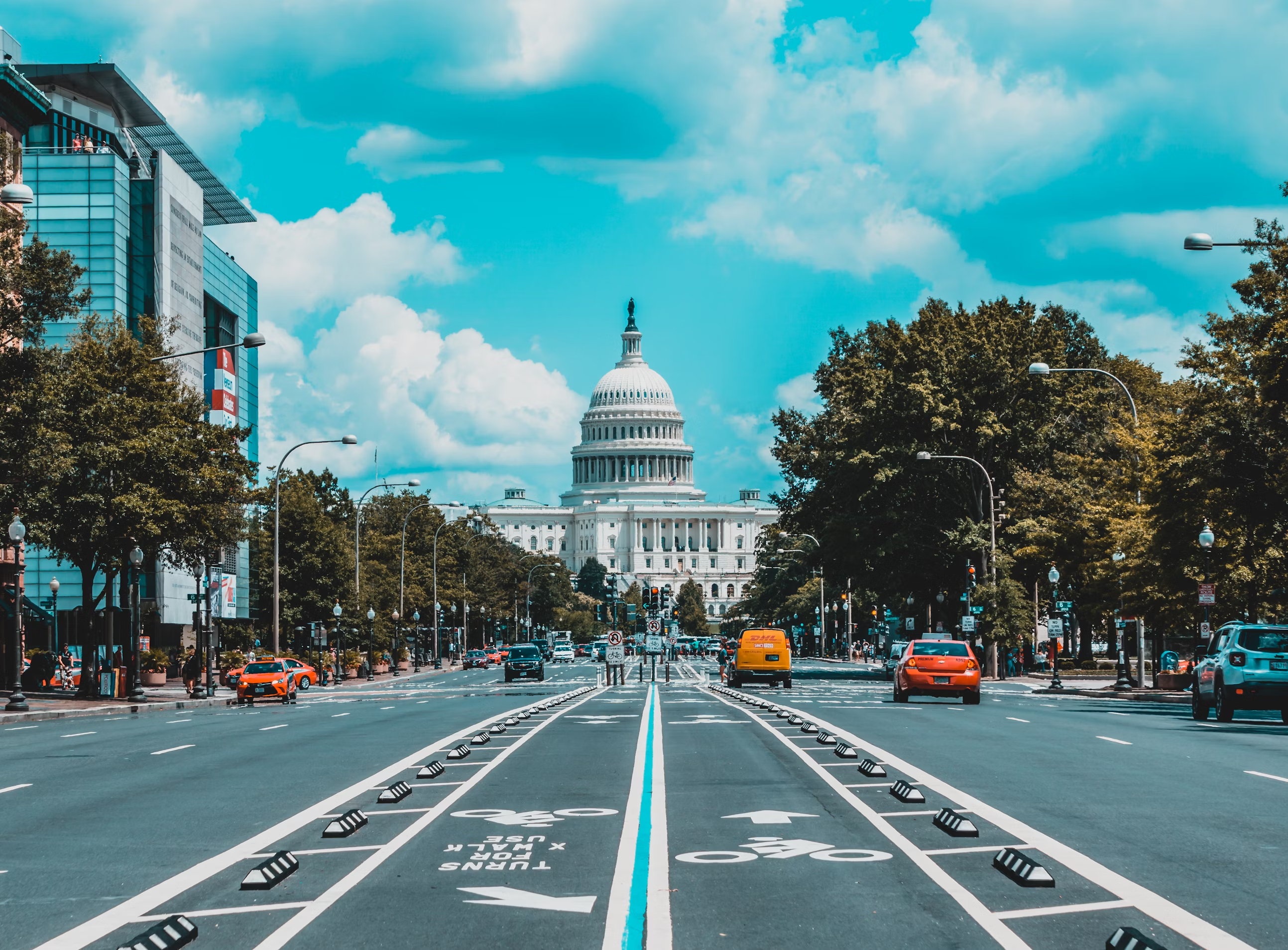Are you a highly skilled professional considering working in the United States? If so, you've probably come across two popular visa options: the O-1A and the EB-1A. Both are designed for individuals with extraordinary abilities, but they serve different purposes and have distinct characteristics. Let's dive into the details of these visas to help you determine which one might be the best fit for your career goals.
Understanding the O-1A Visa
The O-1A is a non-immigrant visa for individuals with extraordinary ability in sciences, education, business, or athletics. It's a temporary work visa that allows you to showcase your talents in the United States.
Key Features of O-1A:
- Temporary work authorization
- Requires employer sponsorship
- Can be extended indefinitely
- Allows for dual intent (you can apply for a green card while holding this visa)
O-1A Criteria
To qualify, an individual must either demonstrate a one-time achievement (such as a major internationally recognized award) or meet at least three of the following criteria:
- Awards: Receipt of lesser nationally or internationally recognized prizes or awards for excellence in the field.
- Memberships: Membership in associations that require outstanding achievements of their members, as judged by recognized experts.
- Published Material: Published material about the individual in professional or major trade publications or other major media.
- Judging: Participation as a judge of the work of others in the same or an allied field.
- Original Contributions: Original scientific, scholarly, or business-related contributions of major significance in the field.
- Authorship: Authorship of scholarly articles in professional journals or other major media.
- Leading Role: Serving in a critical or essential capacity for organizations with a distinguished reputation.
- High Salary: Commanding a high salary or other significantly high remuneration for services.
- Comparable Evidence: If the above criteria are not readily applicable, other comparable evidence may be submitted
USCIS has a chapter on their website that provides detailed information on qualifying criteria and documentation needed for this extraordinary ability classification.
Understanding the EB-1A Visa
The EB-1A is an immigrant visa that falls under the employment-based first preference category. It's designed for individuals with extraordinary abilities and provides a direct path to permanent residency (green card).
Key Features of EB-1A:
- Leads to permanent residency
- No job offer or labor certification required
- Priority in visa allocation
- Allows self-petition (no employer sponsorship needed)
EB-1A Criteria
To qualify for an EB-1A visa, an applicant must demonstrate extraordinary ability in the sciences, arts, education, business, or athletics through sustained national or international acclaim. This can be shown in one of two ways:
- Evidence of a one-time major internationally recognized award (such as a Nobel Prize or Academy Award)
- Evidence of at least 3 out of the following 10 criteria:
- Receipt of lesser nationally or internationally recognized prizes or awards for excellence in the field
- Membership in associations that require outstanding achievements of their members, as judged by recognized experts
- Published material about the individual in professional or major trade publications or other major media
- Participation as a judge of the work of others in the same or an allied field
- Original scientific, scholarly, artistic, athletic, or business-related contributions of major significance in the field
- Authorship of scholarly articles in professional or major trade publications or other major media
- Display of work at artistic exhibitions or showcases
- Performance in a leading or critical role for organizations or establishments with a distinguished reputation
- Command of a high salary or other significantly high remuneration compared to others in the field
- Commercial success in the performing arts (box office receipts, record/CD/video sales, etc.)
Additionally, the applicant must:
- Demonstrate they are coming to the U.S. to continue work in their area of extraordinary ability
- Prove sustained national or international acclaim and recognition for achievements in the field
It's important to note that meeting the minimum criteria does not guarantee approval. USCIS uses a "two-part approach" to evaluate EB-1A petitions:
- Determine if the required evidence is submitted
- Conduct a "final merits determination" to assess if the totality of evidence demonstrates the individual is among the small percentage at the very top of their field
For a comprehensive breakdown of EB-1A criteria, the USCIS guide offers valuable insights into the specific evidentiary requirements for this visa category.
O-1A vs EB-1A: Key Differences
To help you understand the main differences between these two visas, let's compare them side by side:

Factors to Consider When Choosing Between O-1A and EB-1A
- Long-term Goals: If you're looking for a permanent move to the U.S., the EB-1A look might be more suitable. If you're unsure or prefer flexibility, the O-1A could be a good starting point.
- Timeline: One of the key advantages of the O-1A visa is its relatively quick processing time, which can be particularly beneficial if you need to start working promptly. In contrast, the timeline for receiving employment authorization via the EB-1A visa can vary significantly depending on your country of birth. This is especially true for individuals born in India or China, where the waiting periods tend to be longer due to higher demand.
- Job Flexibility: EB-1A offers more freedom in terms of changing employers or even careers once you have your green card.
- Family Considerations: Dependents of EB-1A holders get derivative green cards with work authorization, while O-3 visa holders (dependents of O-1A) don't automatically get work authorization.
- Application Strength: Assess your qualifications honestly. The EB-1A typically requires a more comprehensive demonstration of extraordinary ability.
Here’s a decision tree that offers a basic framework to help you decide between the O-1A and EB-1A visas. Keep in mind that you also have the option to pursue both!

Remember, both the O-1A and EB-1A visas open exciting doors for extraordinary individuals to work and thrive in the United States. Whether you're viewing the O-1A as a gateway to permanent residency or considering the EB-1A for a direct path to a green card, Casium is here to assist you every step of the way. If you have questions or need expert advice, connect with us today!



























.svg)
.svg)
.svg)





